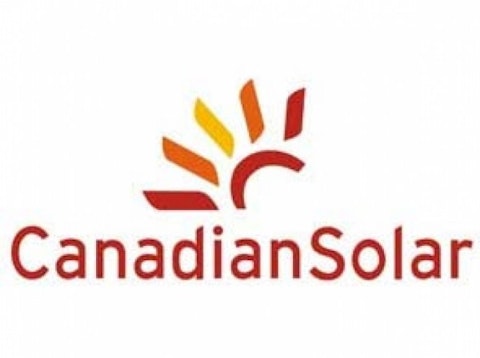Risk and return. The goal is to find great returns with as little risk as possible. Green ETFs sound like a simple and easy way to achieve such goals, but looks can be deceiving. Many ETFs mix low-quality firms along with quality firms. It is important to look at an ETF’s holdings to understand the true amount of risk it holds.

PBW Total Return Price data by YCharts
A Solar ETF with Hidden Risk
The solar industry is the poster child of green energy. Lately the industry has not been that encouraging. Over-production has driven down prices and profits while changing government regulations decrease demand. Guggenheim Solar gives wide exposure to the solar industry and ends up placing investors’ funds in highly leveraged manufacturers that have a doubtful future. Yingli Green Energy Hold. Co. Ltd. (ADR) (NYSE:YGE) and Canadian Solar Inc. (NASDAQ:CSIQ) are both heavily indebted solar firms in the top 15 holdings.

A Risky Diversified Green ETF
PowerShares WilderHill Clean Energy has some of the same problems of Guggenheim Solar with low-quality solar manufacturers. Yingli Green Energy has a high total debt to equity ratio of 4.39 and is 3.07% of holdings. This fund is more diversified in other sectors. Solazyme Inc (NASDAQ:SZYM) is one of their top energy holdings. This company focuses on using biotechnology to help fulfill energy needs and provide products for the beauty industry.
WilderHill’s Clean Energy ETF has an expense ratio of 0.70% that is on the higher end of the ETF world. Many green companies are unprofitable or need to use a huge portion of their budgets for R&D purposes. The fund’s average P/R ratio of -8.54 and return on equity of -5.43% show the negative aspect of investing in developing technology.
A Diversified ETF to Consider
Market Vectors Global Alternative Energy ETF is similar to WilderHill Clean Energy with a slightly lower net expense ratio of 0.62%. China is not a huge risk as it only represents 6.4% of holdings. This fund offers more quality diversification and its biggest holdings are profitable firms.
Cree, Inc. (NASDAQ:CREE) is an LED manufacturer and the biggest holding at 10.17% of assets. LED technology continues to grow and replace less efficient legacy technology. Eaton is a large industrial conglomerate with an important electrical services division. Increasing the efficiency and upgrading old equipment is an important part of energy conservation and an overall green strategy. Eaton is the second biggest holding with 10.07% of holdings.
A Sector-Specific ETF to Consider
Considering nuclear energy to be green is controversial, but I believe its lack of harmful emissions makes it environmentally friendly. Market Vectors Nuclear invests in various parts of the nuclear supply chain. Supply constraints in the energy sector should ensure strong demand for miners. The net expense ratio of 0.60% is much higher than that of mass market funds, but normal for specialized ETFs.